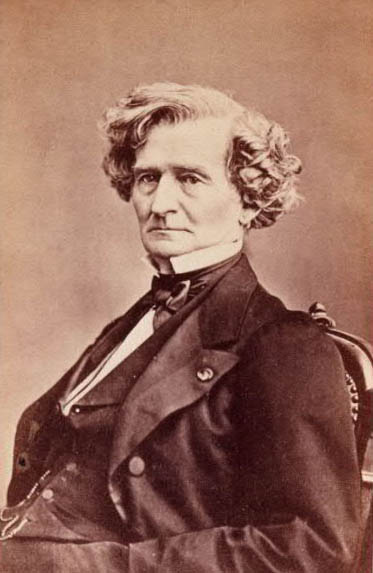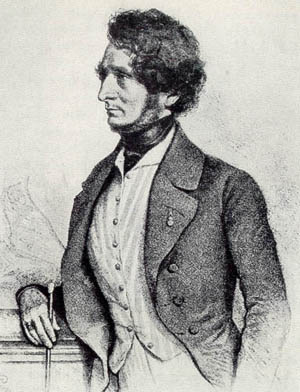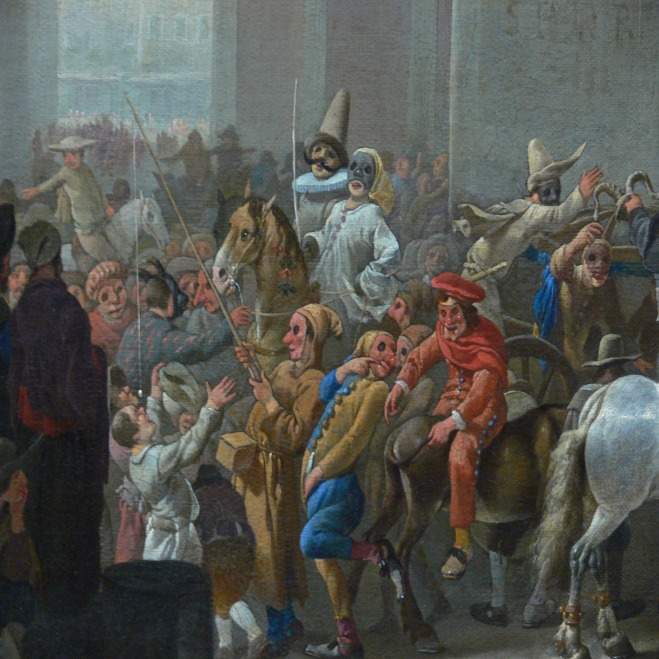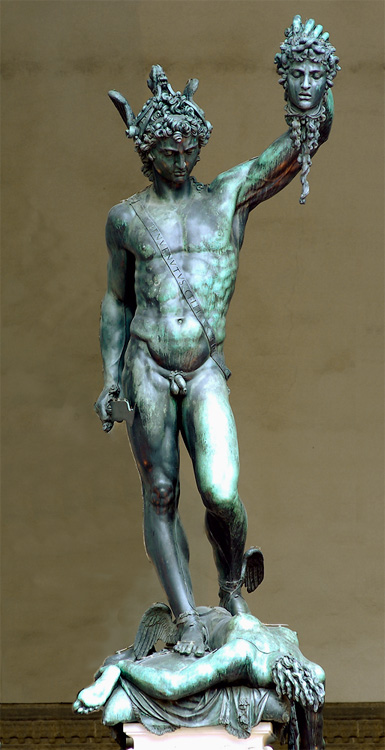Berlioz

Le carnaval romain, Overture, Op 9
[ 로마의 사육제 ]
베를리오즈의 연주회용 서곡 〈로마의 사육제〉는 1836년에 초연한 오페라 〈벤베누토 첼리니〉에서 가져온 선율들을 주제로 하여 로마의 흥겨운 사육제 풍경을 그린 작품이다.
실패를 딛고 태어난 작품
베를리오즈가 심혈을 기울여 작곡한 오페라 〈벤베누토 첼리니〉는 청중들과 비평가들의 혹평 속에 흥행에 실패하면서 베를리오즈에게 크나큰 상처를 남겼다. 정신적인 좌절감 뿐 아니라 경제적으로 타격을 입은 베를리오즈는 고심 끝에 새로운 서곡을 기획했다. 이 서곡은 오페라의 2막을 위한 서곡으로 작곡되었으며, 따라서 〈벤베누토 첼리니〉에서 사용된 선율재료들을 바탕으로 하였다. 오페라의 서곡으로 완성된 이 작품은, 그 규모가 크고 완결된 서사를 지니고 있어 독립된 연주회용 서곡으로 연주되기 시작했다. 그리하여 작품의 음악적 내용에 맞게 〈로마의 사육제〉라는 제목이 붙여져서 오늘날까지도 가장 사랑받는 서곡으로 즐겨 연주되고 있다.
낭만과 열정이 교차되는 축제의 풍경
오페라 〈벤베누토 첼리니〉의 1막 마지막 장면에서 제시되는 살타렐로 선율을 중심으로 우수어린 감미로움과 격렬한 흥겨움이 베를리오즈 특유의 섬세한 오케스트레이션을 통해 다채롭게 펼쳐진다. 6/8박자의 빠르고 격렬한 서주로 음악이 시작된 뒤, 3/4박자의 느린 선율이 잉글리시 호른으로 연주된다. 이 선율은 오페라의 주인공 첼리니와 그 연인 테레자가 부르는 ‘사랑의 이중창’에서 가져온 것이다. 뒤이어 여러 악기들이 가세하여 이 선율을 연주하면서 분위기가 점차 경쾌하게 고조된다. 현악이 빠른 패시지를 경과구로 제시한 뒤 6/8박자의 빠른 살타렐로 리듬이 연주된다. 살타렐로 주제가 점차 격렬해지면서 화려하고 격정적인 절정으로 향해간다. 절정의 순간이 지난 뒤, 살타렐로 리듬 위에서 다시 한 번 ‘사랑의 이중창’의 선율이 반복되고, 모든 악기가 소용돌이치는 리듬으로 격정적으로 몰아가면서 화려한 축제의 분위기로 음악을 마무리 짓는다.
[글-이은진 /출처-클래식 백과]
Le carnaval romain (Roman Carnival Overture), ouverture catactéristique for orchestra,
H.95 (Op. 9), written in 1844.
Berlioz's most popular and most virtuosic overture is actually an independent concert piece, but it has close ties to an opera. After the premiere of his opera Benvenuto Cellini, based on the autobiography of the famous Italian Renaissance sculptor, Berlioz never forgave the conductor for his lifeless delivery of the second act's saltarello finale. So ten years later he used the saltarello as the opening of his Roman Carnival Overture, and took the trouble to conduct the work himself in its first performances. But even before the strings and winds can really launch the revelry, the solo horn and clarinet introduce some harmonic ambiguity, and the English horn slips in with the rapturous love-duet theme from the opera's first act. Suddenly, three swirling woodwind passages suggest that fireworks are being set off on the Piazza Colonna, and the saltarello takes over, eventually incorporating the love theme into the festivities.
Berlioz was so pleased with this overture, and with its reception as well, that he advocated using it as the prelude to the second act of Benvenuto Cellini. This practice is usually followed to this day. After the overture's publication in full score, Johann Peter Pixis arranged it for two pianos, eight hands. This arrangement received a performance by the pianistic luminaries Franz Liszt, Charles Hallé, Ferdinand Hiller, and Pixis himself -- full testimony to its status as one of the hits of its day.
'♣ 음악 감상실 ♣ > [광시,변주,서곡]' 카테고리의 다른 글
| Jacques Offenbach: Famous Orchestral Highlights (0) | 2017.12.05 |
|---|---|
| Hector Berlioz - Les Francs Juges Overture Op.3 [서곡 ‘비밀 재판관’] (0) | 2017.11.30 |
| ‘Berlioz - 서곡 ‘해적’[Overture’ Le Corsaire (‘Overture’ of The Corsair) Op. 21] (0) | 2017.11.28 |
| Josef Pembaur: Spring Overture (0) | 2017.10.17 |
| [오페라 소품]Depuis le jour[그날 이후] (0) | 2017.06.25 |


